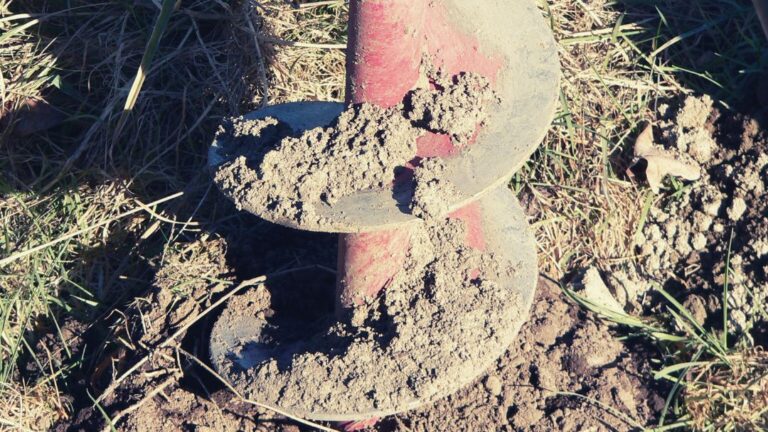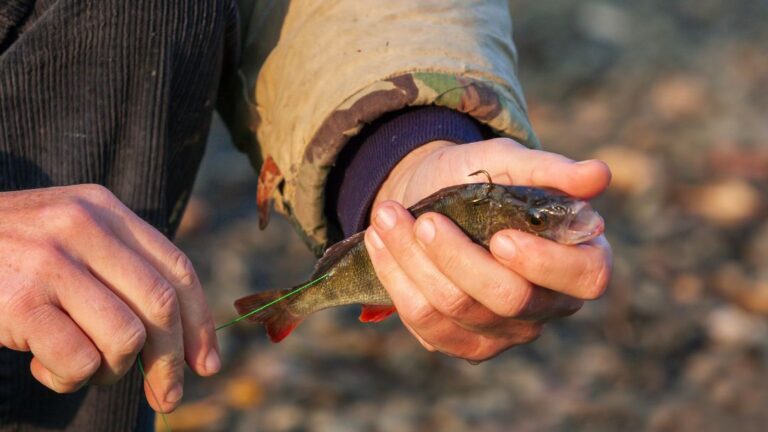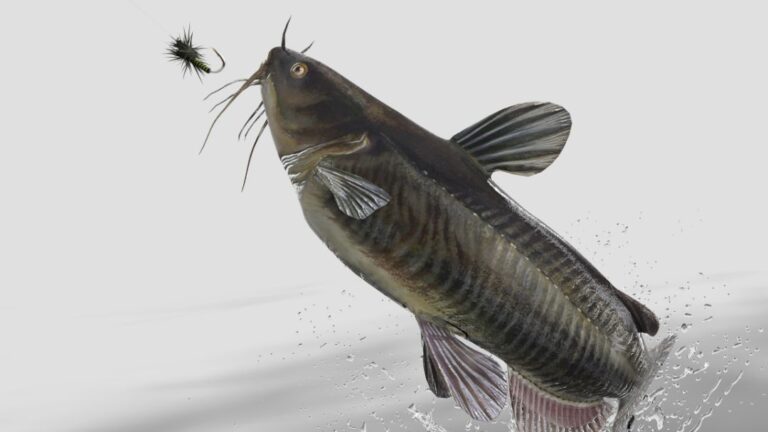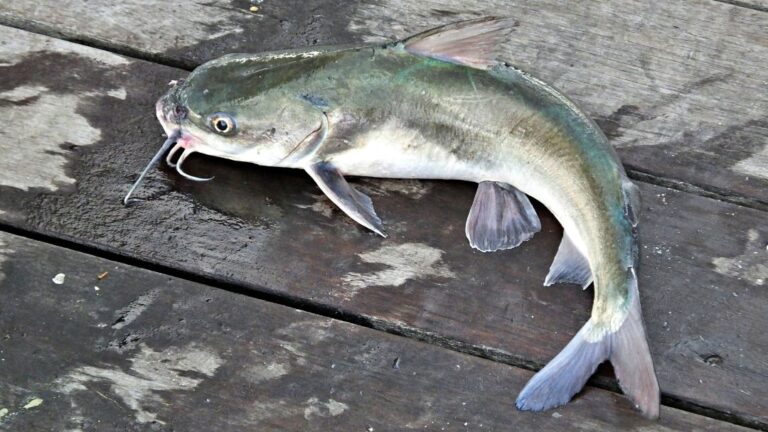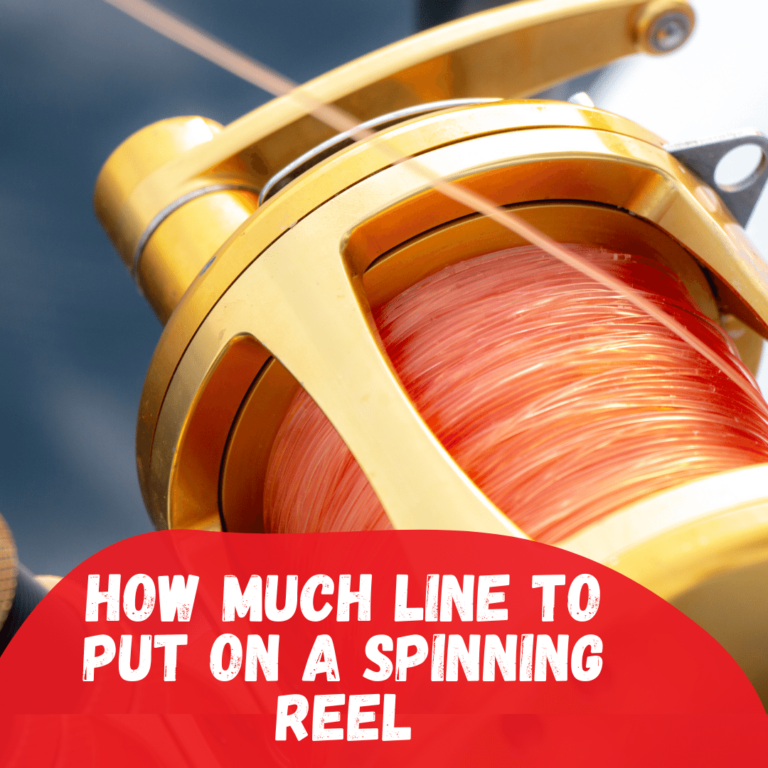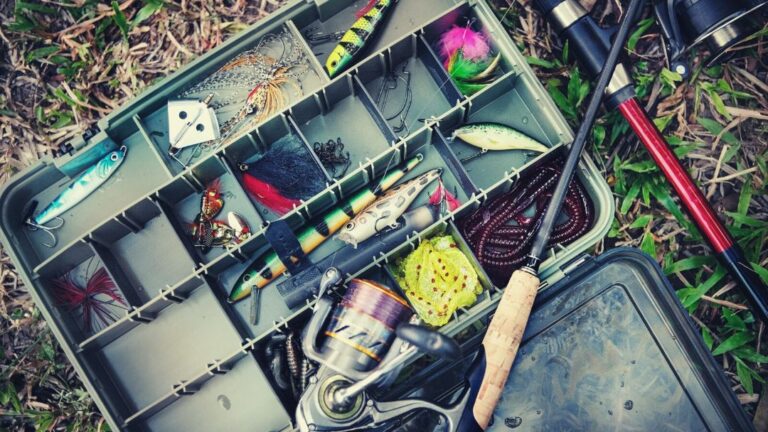A fishing line creates a connection between an angler and a fish. It is one of the most important fishing gear as all motions, drags, and tugs are directly connected with this fishing equipment. Hence, a functional fishing line is a must to catch more fish with less effort.
How often should the fishing line be changed? It is a good rule of thumb to replace a fishing line one to three times a year depending on its type, use frequency, fishing habits, and storage approach.
How Often Should Fishing Line Be Changed?
Fishing lines come in various types. They are intended for different purposes.
Their replacement frequency will vary depending on their type and your using approach.
Let’s figure out various types of fishing lines and how often they should be changed!

01. Monofilament Line
This type of fishing line is made from a single fiber of plastic or a single strand of nylon material. It is one of the most common fishing lines.
It is a top choice for fishing topwater lures. The fishing gear prevents your hook from tearing a hole in a fish’s mouth.
Anglers use this type of fishing lures for deep-water fishing from a boat.
Monofilament fishing Lines come with 20 to 200-pound strength options. Heavier mono lines allow you to catch bulky and heavy fish.
The average lifespan of Monofilament fishing Lines is around two to three years. It can be more or less depending on your fishing habits.
The following table shows how many times you should change your monofilament fishing line in a year if you want to enjoy peak performance in your fishing.
| Type of Angler | Frequency Of Replacement |
|---|---|
| Heavy Anglers | 3 To 4 Times A Year |
| Mid-Range Anglers | 2 To 3 Times A Year |
| Weekend Anglers | Once A Year |
02. Fluorocarbon Line
This kind of fishing line is made from a single strand of polyvinylidene fluoride, which looks almost identical to nylon monofilament.
It is pretty rigid and abrasion resistant. Worry about the sun’s harsh Ultraviolet rays?
Fluorocarbon fishing lines can withstand direct intense sunlight. Their durability won’t degrade over time.
Plus, this type of fishing gear is not prone to absorb water. Hence, it will function the same dry as it does wet.
The fishing line stays nearly invisible underwater. You can use it as the main line to catch various fish, especially walleye and trout.
A Fluorocarbon fishing line can last up to seven or eight years without losing its edge.
The following table shows how many times you should change your Fluorocarbon fishing line in a year if you want to enjoy the peak performance in your fishing.
| Type of Angler | Frequency Of Replacement |
|---|---|
| Heavy Anglers | Up To 3 Times A Year |
| Mid-Range Anglers | 1 To 2 Times A Year |
| Weekend Anglers | Once A Year |
03. Braided Line
This type of fishing line is made from synthetic materials, such as Dacron, Spectra, or micro-Dyneema.
It has a small diameter but provides superior strength. The fishing line pairs well with bait-casting reels.
It is a top choice among anglers due to its rigid grip, smoothness, and reduced memory.
Anglers use braided lines, especially for crankbaits or spinnerbaits, to work on plugs and lures. It has an excellent ability to spool greater lengths on a fishing reel.
The average lifespan of braided fishing lines is anywhere from 8 to 12 years. But a high-humidity atmosphere will greatly affect its durability.
The following table shows how many times you should change your braided fishing line in a year if you want to enjoy the peak performance in your fishing.
| Type of Angler | Frequency Of Replacement |
|---|---|
| Heavy Anglers | 1 To 2 Times A Year |
| Mid-Range Anglers | Once A Year |
| Weekend Anglers | Once A Year |
Can Fishing Line Go Bad?
Braided fishing lines are highly durable. They can easily last several years without any replacement.
On the contrary, Monofilament and fluorocarbon fishing lines are a little less durable. You may need to replace them after a couple of seasons.
But, most experts recommend replacing any fishing lines at least once or twice a year to get the peak performance from your fishing gear.
But how do you know whether your fishing line is gone bad or is still enough to use? Common symptoms will tell you to change the fishing line soonest.
01. Fraying
Do you notice any worn signs at the edge of the fishing line?
It is common to see fishing lines fraying after 100 hours of usage.
A poorly stacked line or loosely wound line will not allow you to bring out the best fishing performance from your fishing gear.
Your fishing line is likely to get damaged gradually if you regularly fight against heavier fish.
The fishing equipment gets twisted against its weaving. It causes it to unravel at the ends.
02. Discoloration
Do you regularly expose your fishing line to various elements?
If so, the fishing equipment will likely lose its original time.
Discoloration is a more common scenario for mono and braided fishing lines. Their color fades gradually after a few fishing seasons.
One of the primary reasons for this problem is a bleaching effect that mainly occurs due to Ultraviolet rays.
Direct intense sunlight breaks down chemical bonds and fades the fishing line color over time.
03. Mildew
Do you regularly store your fishing gear in humid conditions? It can make the fishing line highly soft and flexible.
This problem also occurs when you don’t wipe the fishing gear and dry it properly before storing it.
If it continues for a long time, mildew may develop over the body of the fishing line.
The fishing gear will become loose and lose its physical structure over time.
04. Rough Spots
Run your fingers over the body of the fishing line. Do you feel any tough marks or spots?
Abrasion from rocks and other underwater structures causes these rough spots.
You will see nicks, cuts, and other flaws in your old fishing line.
The fishing gear has already become enough brittle and weak. Changing the line soonest is better.
05. Knot Strength
Aren’t you getting a solid tug after tying up the lure?
If the knot is become weaker by about 50 percent, you want to change it soonest.
It must be strong enough to tie the line to the hook, lure, or other tackle appropriately.
Should You Change Fishing Line If Disused For Years?
Fishing lines last for a good period but not for a lifetime.
Compared to Monofilament and fluorocarbon fishing lines, braided fishing lines have a limited lifespan.
Braided lines can be reused for several fishing seasons even if it remains disused for years.
But it must be stored correctly to use it in the future. The fishing line’s exposure to high humidity conditions and extreme temperatures can affect its durability.
The fishing gear might be inappropriate for use anymore.
For Monofilament fishing lines, you must reuse them within two or three years because they have a limited shelf life, like meat and produce.
It is better to use the gear within three to five years for Fluorocarbon fishing lines.
But, Braided fishing lines can be reused for eight to ten years if they remain unused for years.
| Types Of Fishing Line | Average Shelf Life | Functional Life Span |
|---|---|---|
| Monofilament Fishing Line | 2 to 3 years | 2 years |
| Fluorocarbon Fishing Line | 3 to 5 years | 3 years |
| Braided Fishing Line | 8 to 10 years | 4 years |
How To Increase A Fishing Line Lifespan?
Some everyday mistakes can affect the durability of your fishing line.
The followings are the common reasons behind the quick wear out of the fishing line.
01. Sun And Heat Exposure
Do you regularly expose your fishing gear to intense sunlight and heat?
If so, the fishing line may wear out faster. Usually, fishing lines lose 10-20% of their tensile strength if you keep them exposed to UV rays for 100 hours.
Keeping your fishing line in a cool, dry, relatively dark place is mandatory.
02. Extreme Usage
How often do you go fishing? You must take at least two fishing lines with you if you are a heavy angler.
Continuously using a single fishing line for hours daily will put extra pressure on its physical properties.
It is better to give it a few hour’s break while you are busy with another fishing line.
03. Line Type
Does your fishing line have a thin or thicker physical structure?
Thicker fishing lines are more durable than thinner ones because they can take a lot of abrasions.
A fishing line with a good deal of flexibility and stretchiness can last longer than rigid options.
04. Storage Approach
Do you store your fishing gear in high humidity and extreme weather conditions?
Make sure to keep your fishing line a neat, clean, and dry place where the temperature ranges between 18 and 25°C.
The humidity level should be between 50-60% to achieve optimum softness and flexibility for the fishing line.
Bottom Line
Are you still wondering how often should the fishing line be changed? As long as your fishing gear is functioning correctly and satisfying your fishing requirements, you don’t need to replace it.
But the key has the ability to judge the optimal performance of a fishing line. We have already outlined how to measure the performance of this fishing gear.
However, a fishing line won’t last a lifetime. You want to change it when it gives the supportive performance you need to catch your favorite fish.
Make sure to use the fishing gear while fishing cautiously. It will make the line last longer. Don’t use an expired fishing line as it affects other fishing equipment’s performance.

